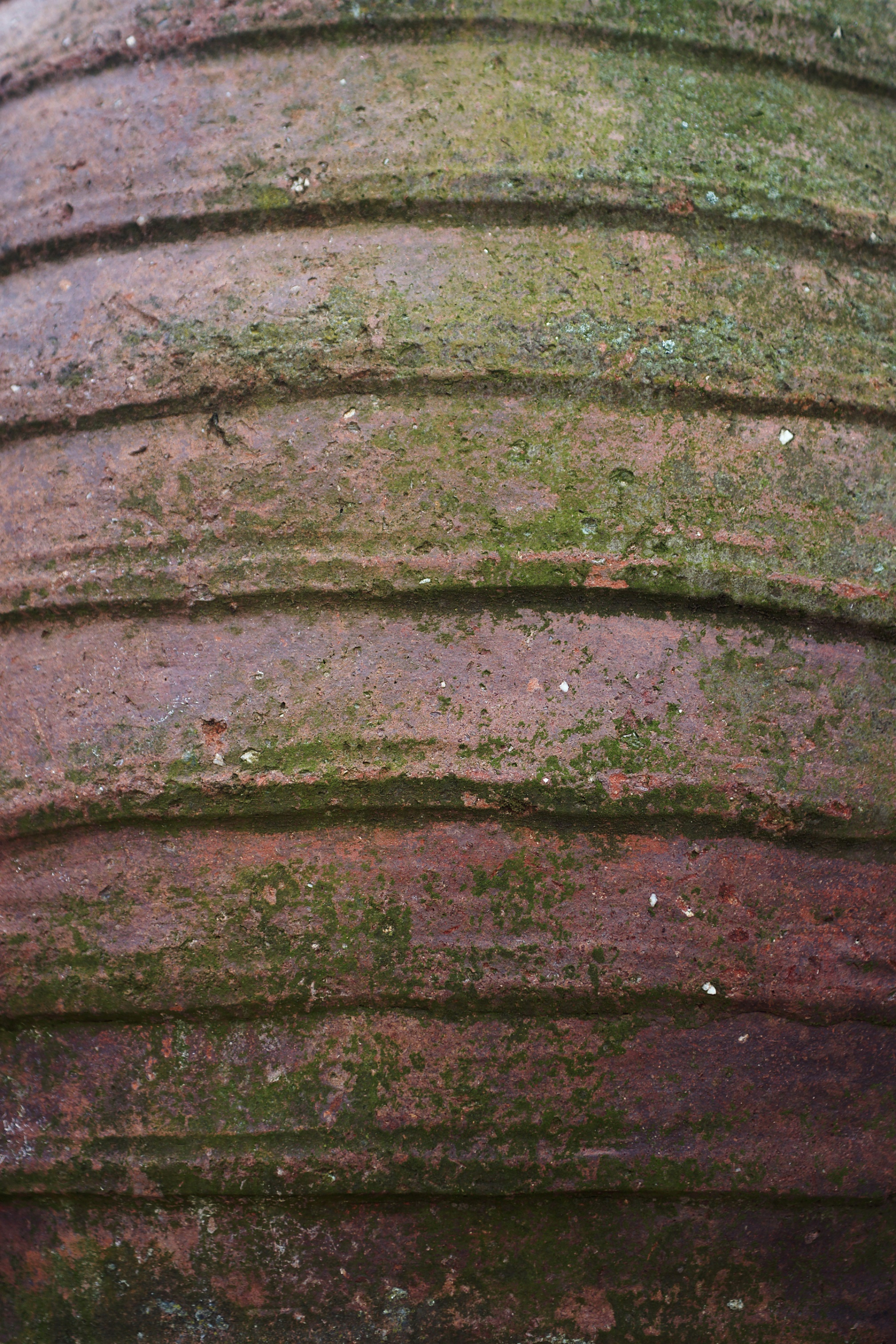White wine with maceration was introduced into the special wines category in 2020. In consideration of the ancient Georgian method of winemaking in traditional Qvevris, inscribed on the UNESCO Representative List of the Intangible Cultural Heritage of Humanity in 2013, the OIV General Assembly adopted a definition applicable to wines made in Qvevris through Resolution OIV-ECO 647-2020.
Interview with the Georgian Minister for Agriculture
Discussions on white wines with maceration had been started within the OIV at Georgia’s initiative in 2017. Wines produced according to the ancestral Georgian process in earthenware jars, with prolonged contact with the grape skins and stems, are somewhat of a calling card for this country. This production method imparts particular taste characteristics and a sometimes orange-amber colour to wines. The introduction into the OIV International Code of Oenological Practices as a specific category of special wine – alongside ice wines, liqueur wines and other special wines – is a major milestone for Georgia with respect to the recognition of the historical, technical and cultural value of its vitiviniculture.
- The recognition Georgia’s vine-growing history and culture has achieved is no coincidence, but the outcome of a centralised policy of research and promotion. The results of this international recognition are by no means insignificant:
- in 2013, the ancient Georgian method of winemaking in traditional Qvevris was inscribed on the UNESCO Representative List of the Intangible Cultural Heritage of Humanity,
- in 2017, a research article published in the prestigious PNAS (Proceedings of the National Academy of Sciences of the United States of America) reported on a study of biomarkers that indicated the presence of vines in the South Caucasus and Georgian territory at the start of the Neolithic period (6000-5800 BC),
- in 2017, the Guinness Book of Records recognised traces of wine on items excavated from archaeological sites in Gadachrili Gora and Shulaveris Gora as the oldest wine in the world (6000-5800 BC).
The definition of a new product category will promote awareness of wines made in Qvevris among professionals and consumers, so that they may be judged and appreciated taking into account their production method and particular taste characteristics. It will mean that the tannic taste and orange-amber colour can be better explained to consumers and professionals. A distinct, separate category in wine competitions will also be possible.
White wines with maceration are not only produced in Georgia. Other countries, such as France, Italy and Slovakia, also offer orange wines. This new addition to the OIV International Code of Oenological Practices is indeed an international definition.
